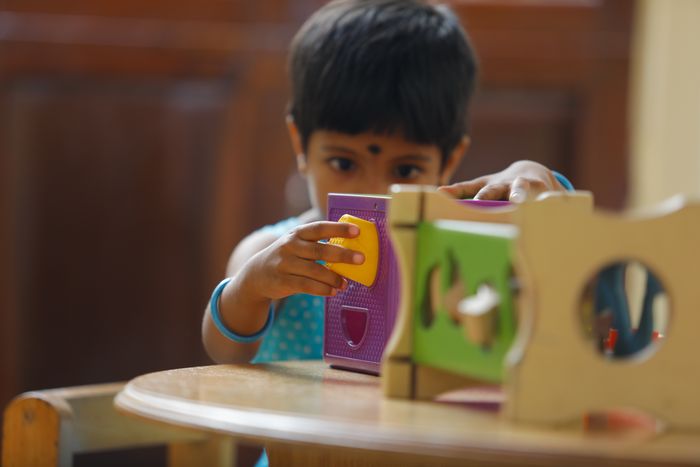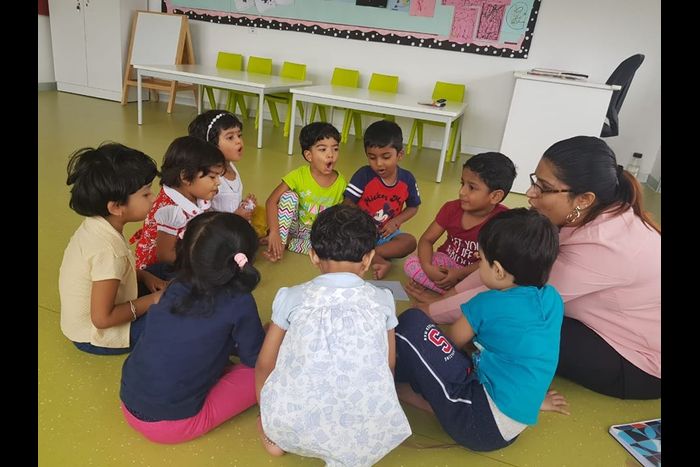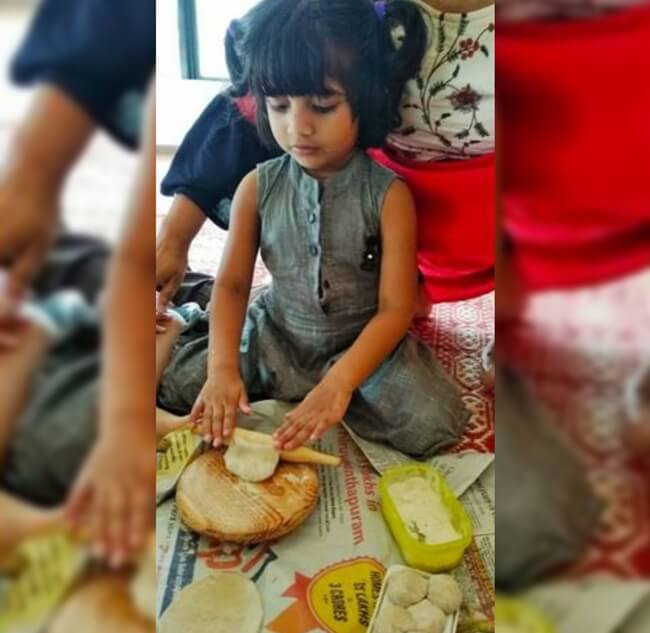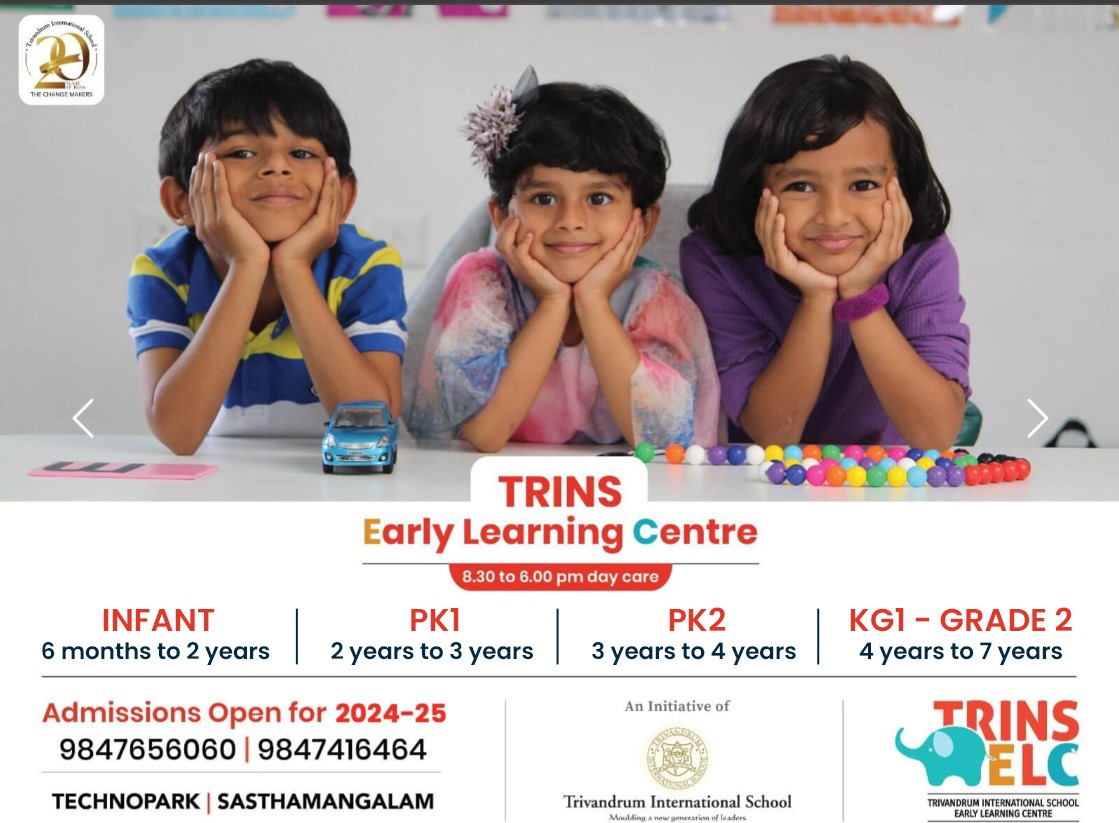


Storytelling as a Tool for Emotional Development in Preschoolers

Stories are among the first ways children make sense of the world around them. For preschoolers, storytelling is not just an entertaining activity but also a powerful tool that influences their emotional development. The ability to recognise emotions, express feelings, and understand others’ perspectives can all be nurtured through stories. When carefully integrated into early learning, storytelling goes beyond imagination and creativity, laying a strong foundation for empathy, resilience, and emotional intelligence.
Why Storytelling Matters in Early Childhood
Preschoolers are at a stage where they begin to experience and express emotions more consciously. However, they often lack the vocabulary and self-awareness to articulate what they feel. Storytelling bridges this gap. Listening to characters face challenges, joys, and setbacks allows children to connect these experiences with their own emotions. It helps them process feelings in a safe and guided environment while also learning acceptable ways of responding to different situations.
Storytelling and Empathy
Empathy is one of the most important outcomes of emotional development. When children hear stories about characters from diverse backgrounds and situations, they begin to imagine themselves in those roles. This exercise strengthens their ability to understand others’ emotions, an essential skill for building meaningful social relationships. Over time, repeated exposure to stories encourages compassionate behaviour and reduces self-centred thinking.
Language, Expression and Emotional Awareness
Storytelling enhances emotional vocabulary. Words like “happy”, “angry”, “nervous”, or “excited” gain deeper meaning when embedded in a story context. As teachers and parents narrate or read stories, they can pause to ask questions such as, “How do you think the rabbit felt when it lost its toy?” These conversations guide children to identify emotions, both in others and in themselves. Over time, children become more confident in expressing feelings instead of resorting to tantrums or silence.
Stories as a Safe Space for Processing Emotions
Preschoolers may experience strong emotions that they cannot fully control. Storytelling creates a safe and structured space to explore these emotions indirectly. For example, a story about a bird afraid of flying can help a child struggling with fear of separation from parents. Such symbolic parallels allow children to release anxieties and gain comfort in knowing they are not alone in their struggles.
Storytelling in Classroom Practice
Teachers often use storytelling to build classroom routines and emotional connections. Storytime can be interactive, with children encouraged to enact scenes or predict outcomes. This not only strengthens comprehension but also allows children to act out emotions. When a child pretends to be a sad lion or a happy butterfly, they practice emotional expression in a safe and playful way.
Emotional Benefits of Storytelling for Preschoolers
| Aspect | Impact through Storytelling |
|---|---|
| Empathy | Children learn to relate to characters and understand others’ perspectives. |
| Emotional Vocabulary | Exposure to new words and contexts builds awareness of different emotions. |
| Self-Expression | Encourages children to articulate feelings rather than suppress or act out. |
| Resilience | Stories about overcoming challenges teach coping strategies for real life. |
| Social Skills | Group storytelling enhances listening, turn-taking, and cooperation. |
The Role of Parents in Storytelling
Parents play a crucial role in reinforcing emotional learning through stories at home. Bedtime stories are not only a bonding activity but also an opportunity to talk about emotions. Parents can ask reflective questions such as, “What would you do if you were in the same situation?” This helps children practise problem-solving while also sharing their own feelings. Consistent storytelling at home builds trust and strengthens parent-child communication.
Storytelling is much more than a means of entertainment for preschoolers. It acts as a developmental tool that nurtures empathy, builds emotional vocabulary, and offers children the chance to process feelings safely. In a world where emotional intelligence is increasingly valued, weaving stories into the daily lives of preschoolers is an effective way to shape emotionally resilient, expressive, and compassionate individuals. By making storytelling a regular part of preschool education and home life, parents and teachers can ensure children grow with strong emotional foundations.





